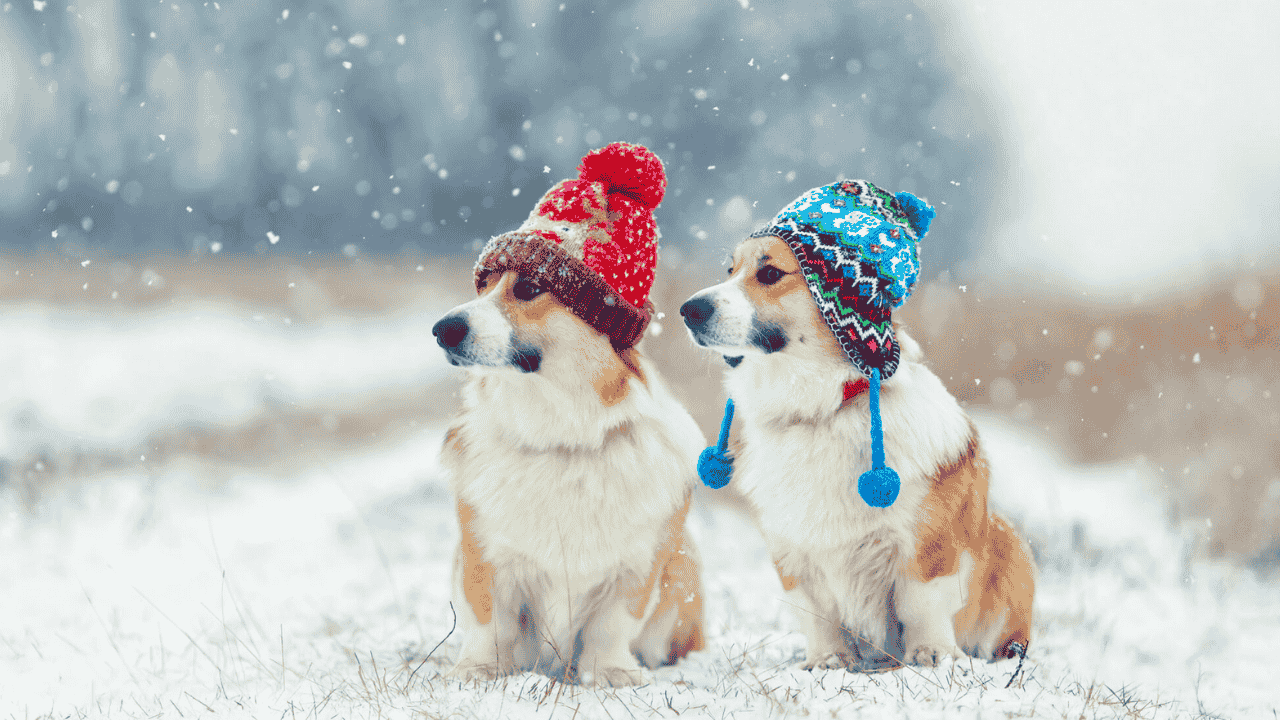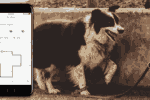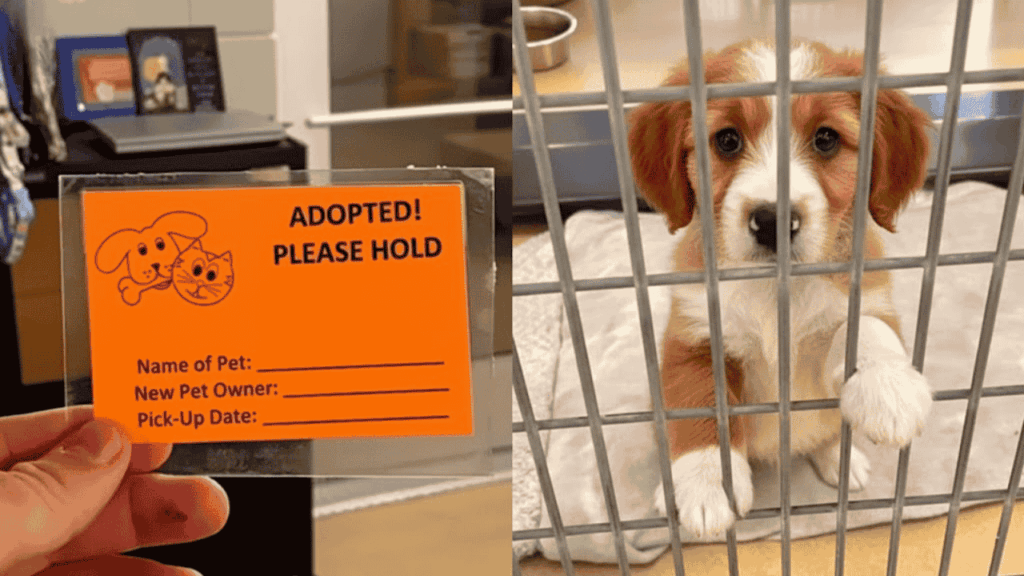As temperatures drop across the United States, dogs face many of the same challenges humans do when it comes to staying warm and healthy. While some breeds like Huskies and Malamutes thrive in the cold, others such as Chihuahuas, Greyhounds, and short-haired breeds are much more vulnerable to winter weather. Even though dogs have fur coats, they are not immune to frostbite, dry skin, or hypothermia. Proper winter care is not just about comfort—it’s essential for your pet’s health and safety. Understanding how cold affects your dog helps you prepare and provide the right kind of care during the chilly months.
How to Keep Your Dog Warm During Cold Weather
Keeping your dog warm in cold weather starts with understanding their limits. Each breed has a different tolerance for low temperatures. Smaller dogs and those with thin coats should never be left outside for long periods, especially when it’s below freezing. Always provide a cozy, insulated space indoors where your dog can rest away from drafts or cold floors. You can use a soft blanket or a heated pet bed for extra warmth.
When going outside, a well-fitted dog sweater or coat helps retain body heat. If your dog enjoys winter walks, consider scheduling them during daylight hours when it’s slightly warmer. Pay attention to your dog’s body language—if they’re shivering, lifting their paws off the ground, or trying to go back inside, it’s time to bring them in. Even a short walk can be enough for exercise and bathroom breaks when it’s very cold.
What is the Right Way to Protect Your Dog’s Paws
During U.S. winters, sidewalks and driveways are often treated with salt and de-icing chemicals that can irritate your dog’s paws. These substances can cause dryness, cracking, or even burns. One of the best ways to protect your dog’s paws is to use booties made from waterproof materials. It may take a few tries for your dog to get used to them, but they provide excellent protection against cold surfaces and harmful chemicals.
If your dog refuses to wear booties, you can use a paw balm or petroleum jelly before heading outside. This creates a protective barrier and keeps the paw pads moisturized. After every walk, wipe your dog’s paws with a damp cloth to remove any salt or ice-melt residue. Regularly trimming the fur between their toes also prevents ice balls from forming, which can be painful and damaging to their skin.
When to Adjust Your Dog’s Diet in Winter
As the temperature drops, your dog’s energy needs might change. Some dogs burn more calories trying to stay warm, especially if they spend time outdoors, while others may become less active and gain weight. Adjusting your dog’s diet based on their lifestyle during winter is essential.
If your dog is active outdoors, consider slightly increasing their food portion to provide extra energy. On the other hand, if your dog spends most of the winter indoors, reduce treats and portion sizes to prevent unwanted weight gain. Always ensure they have access to fresh, unfrozen water. Using a heated water bowl can prevent the water from freezing during outdoor time. A well-balanced diet rich in omega-3 fatty acids also helps maintain healthy skin and a shiny coat, which can become dry during the colder months.
How to Maintain Good Grooming Habits in Cold Seasons
Many dog owners think that skipping baths and grooming in winter helps their dogs stay warmer, but that’s not entirely true. Regular grooming is just as important in cold weather as it is in summer. Brushing removes dead hair, distributes natural oils, and helps maintain proper insulation.
Avoid shaving your dog’s coat too short before winter, as their fur acts as a natural layer of protection. However, keeping it neat and clean ensures better temperature regulation. When bathing your dog, use lukewarm water and a gentle moisturizing shampoo to avoid stripping the skin of essential oils. Make sure your dog is completely dry before going outside to prevent chills.
What is the Best Way to Keep Your Dog Active Indoors
When snow or icy conditions make outdoor activities difficult, your dog still needs mental and physical stimulation to stay happy and healthy. Indoor games like hide-and-seek, tug-of-war, or simple fetch can provide great exercise. Puzzle toys or treat-dispensing games keep your dog’s mind sharp and help prevent boredom.
You can also practice short training sessions indoors to reinforce good behavior and strengthen your bond. Even ten to fifteen minutes of active play a few times a day can make a big difference in your dog’s health and mood during the winter months.
When to Watch for Signs of Cold-Related Illness
Knowing when your dog is getting too cold can prevent serious health problems. Watch for warning signs such as excessive shivering, whining, weakness, or lethargy. If your dog’s ears, tail, or paws appear pale or have white patches, these may be early signs of frostbite. Hypothermia is another risk, especially for small or senior dogs. Symptoms include low body temperature, shallow breathing, and unresponsiveness.
If you notice any of these symptoms, move your dog to a warm place immediately, wrap them in a blanket, and contact your veterinarian for advice. Prevention is always better than treatment, so limit outdoor time during extreme cold and keep your dog’s environment comfortable and safe.
How to Prepare for Winter Emergencies
Winter weather in the U.S. can be unpredictable, and it’s wise to plan ahead for emergencies like power outages or heavy snow. Keep an emergency kit that includes extra food, water, medications, and blankets for your dog. Make sure your dog’s ID tags and microchip information are up to date in case they get lost during a snowstorm. If you travel with your dog, pack extra supplies and check that your destination is pet-friendly.
By taking a few extra steps during the colder months, you can ensure your dog stays healthy, safe, and comfortable all winter long. With proper nutrition, warmth, grooming, and attention, your furry friend will continue to thrive even when temperatures drop.







